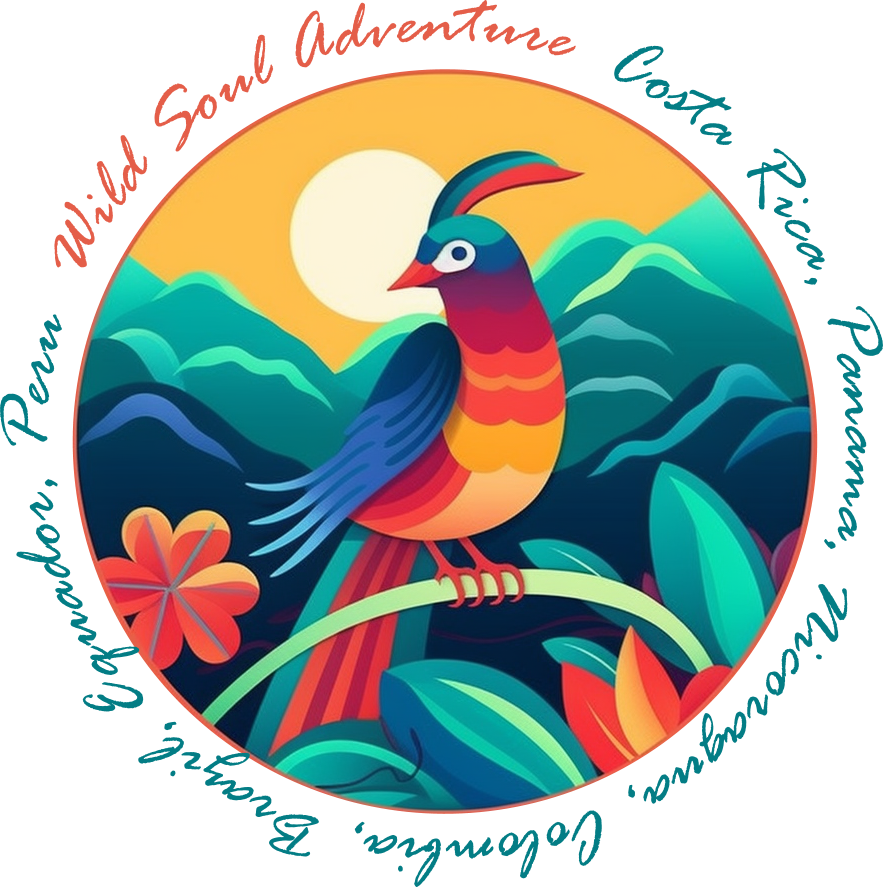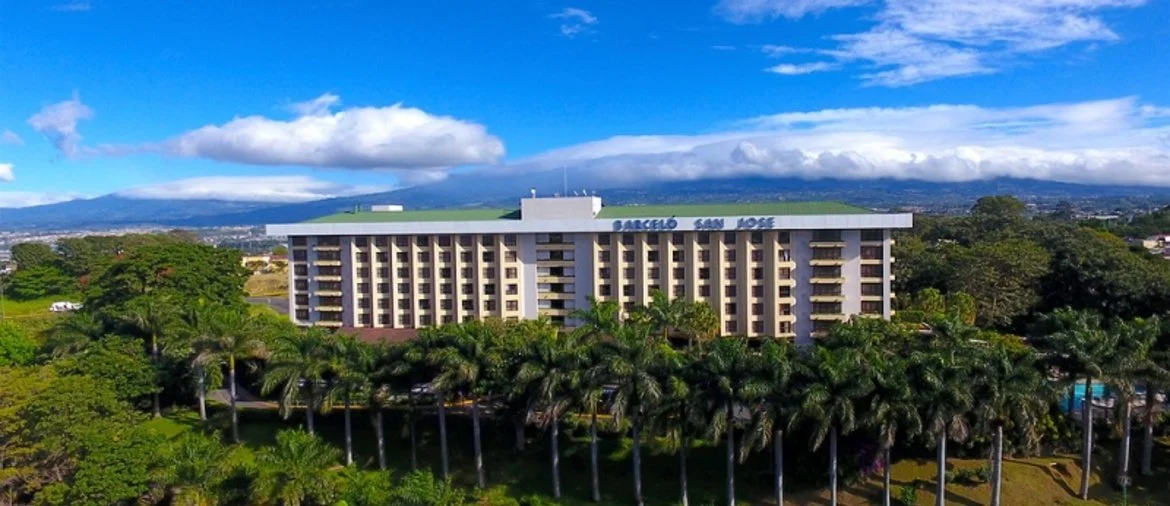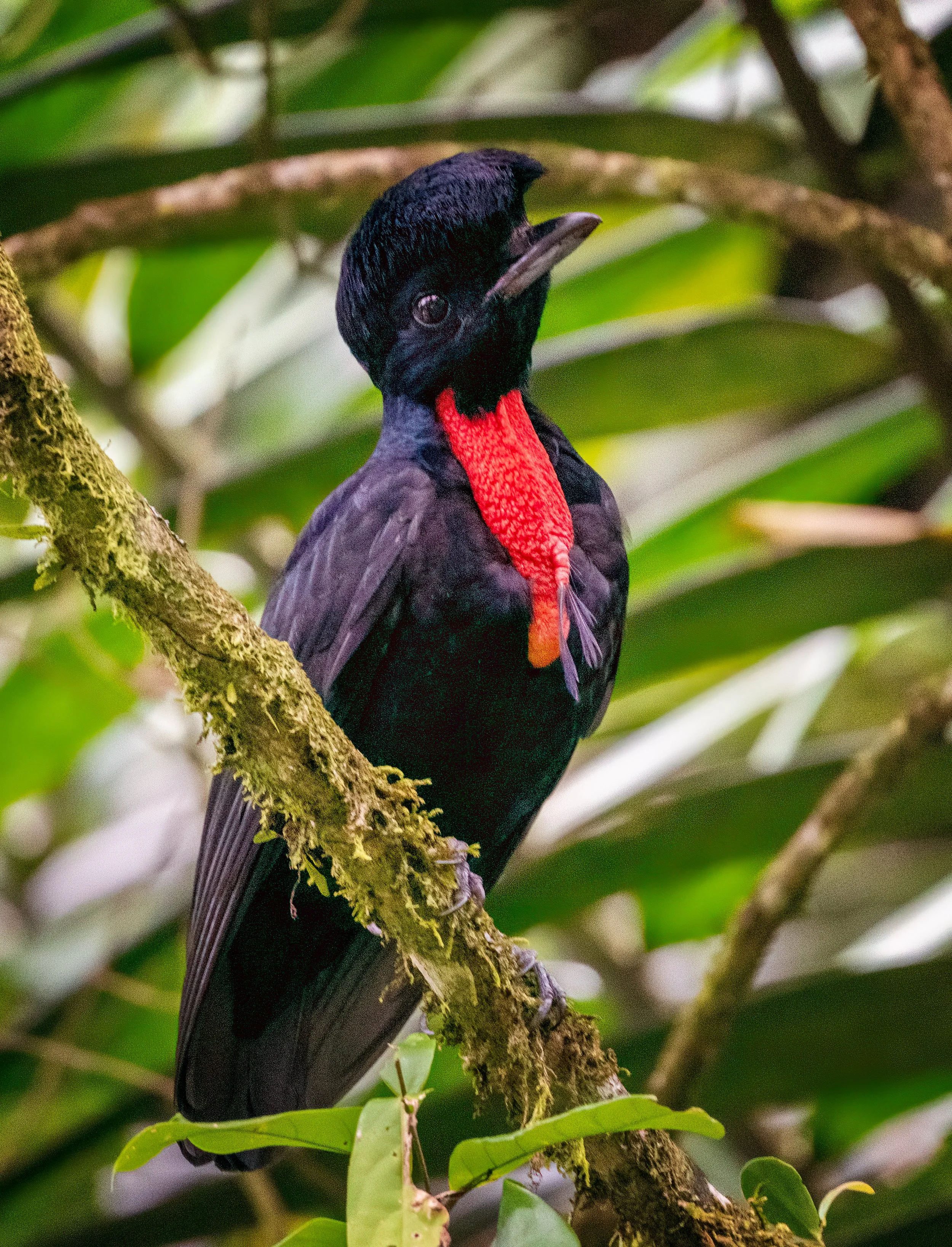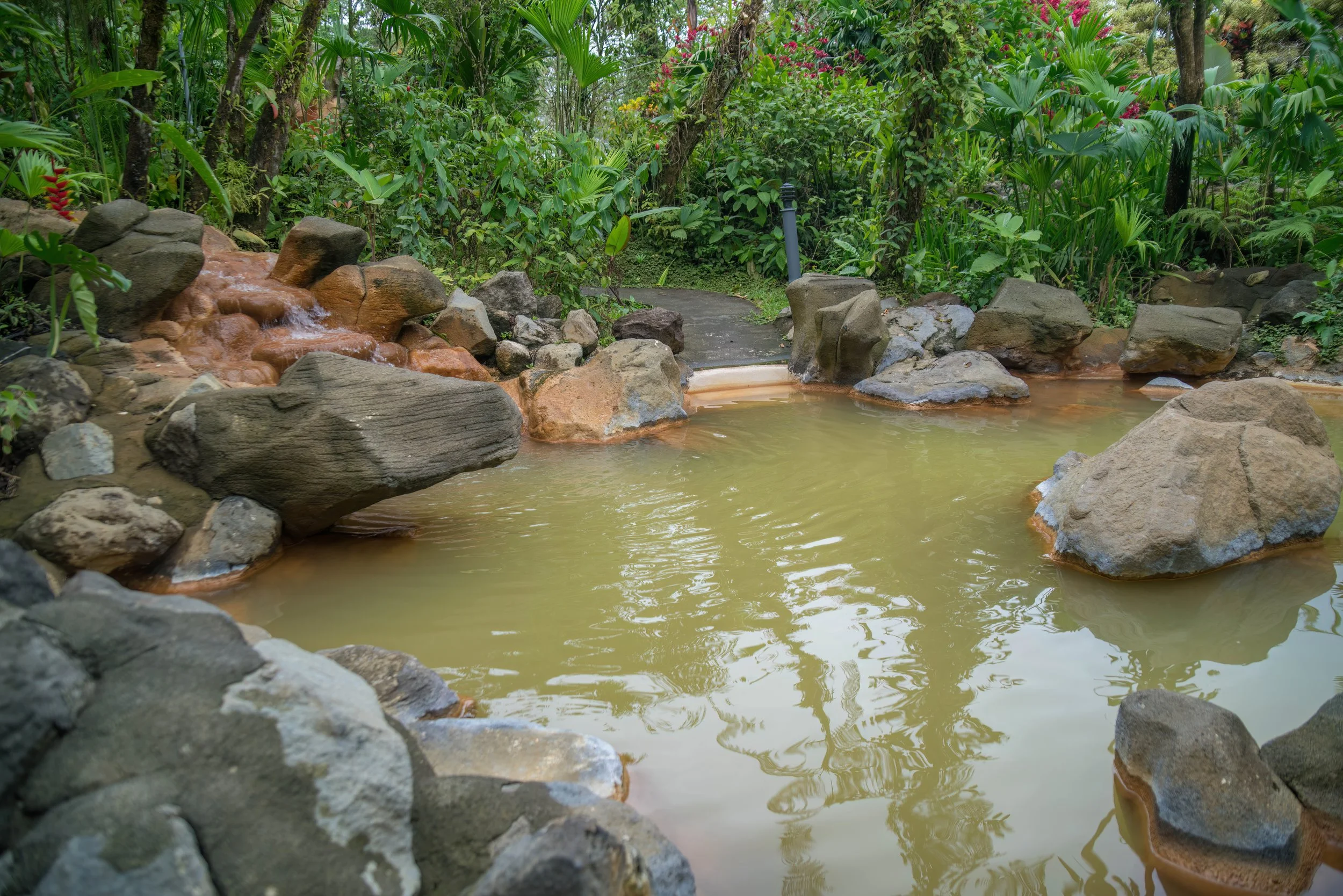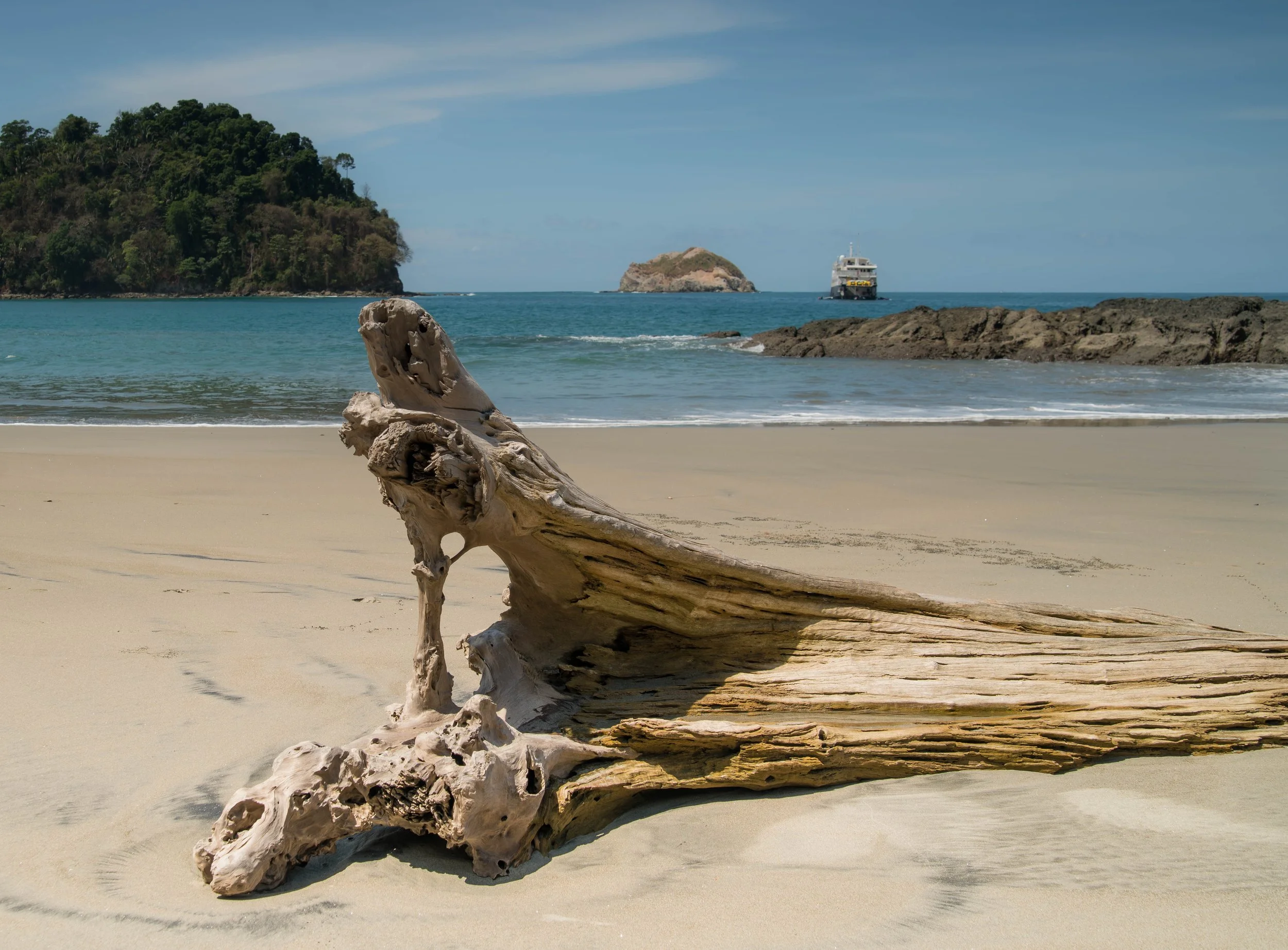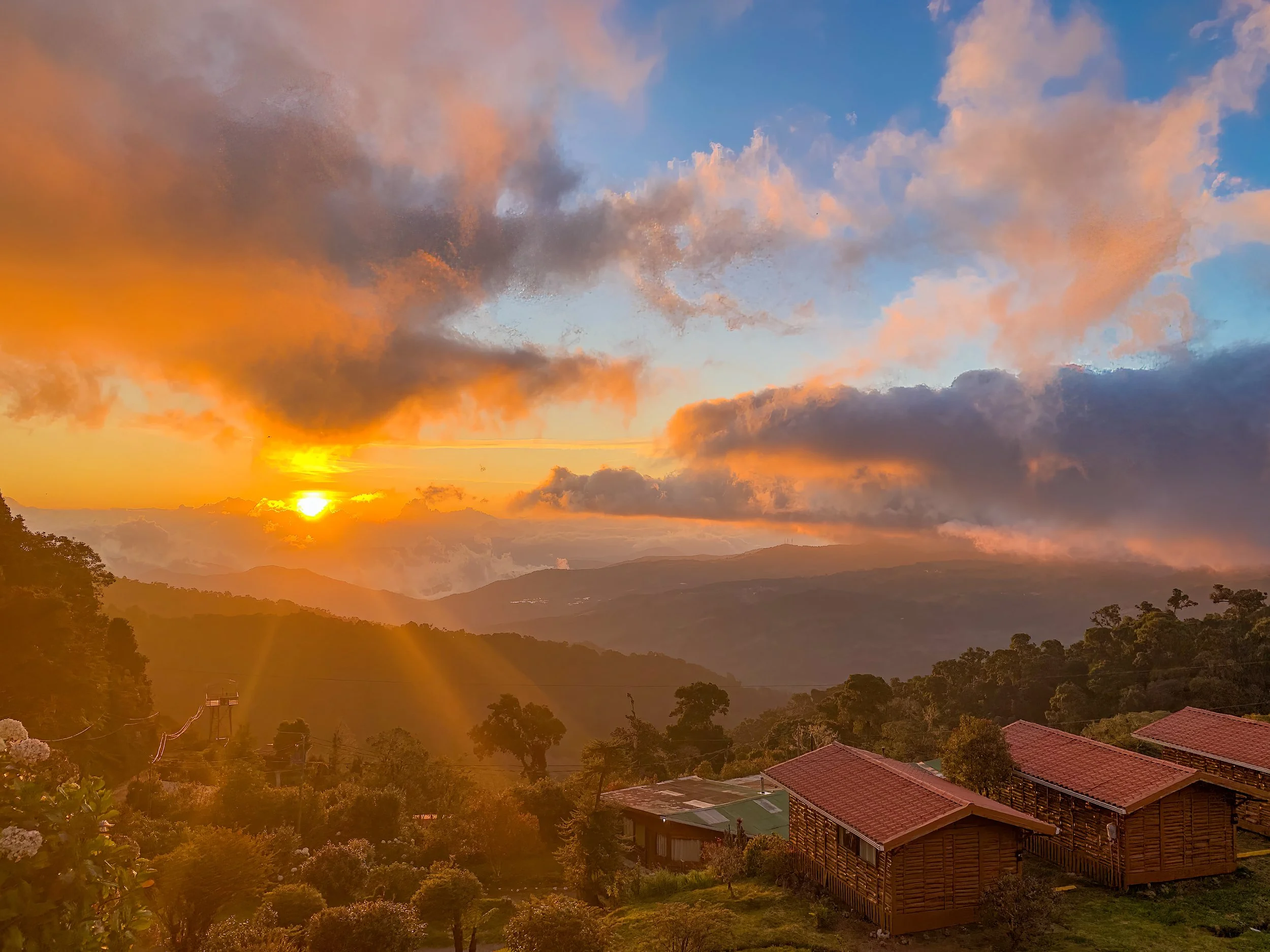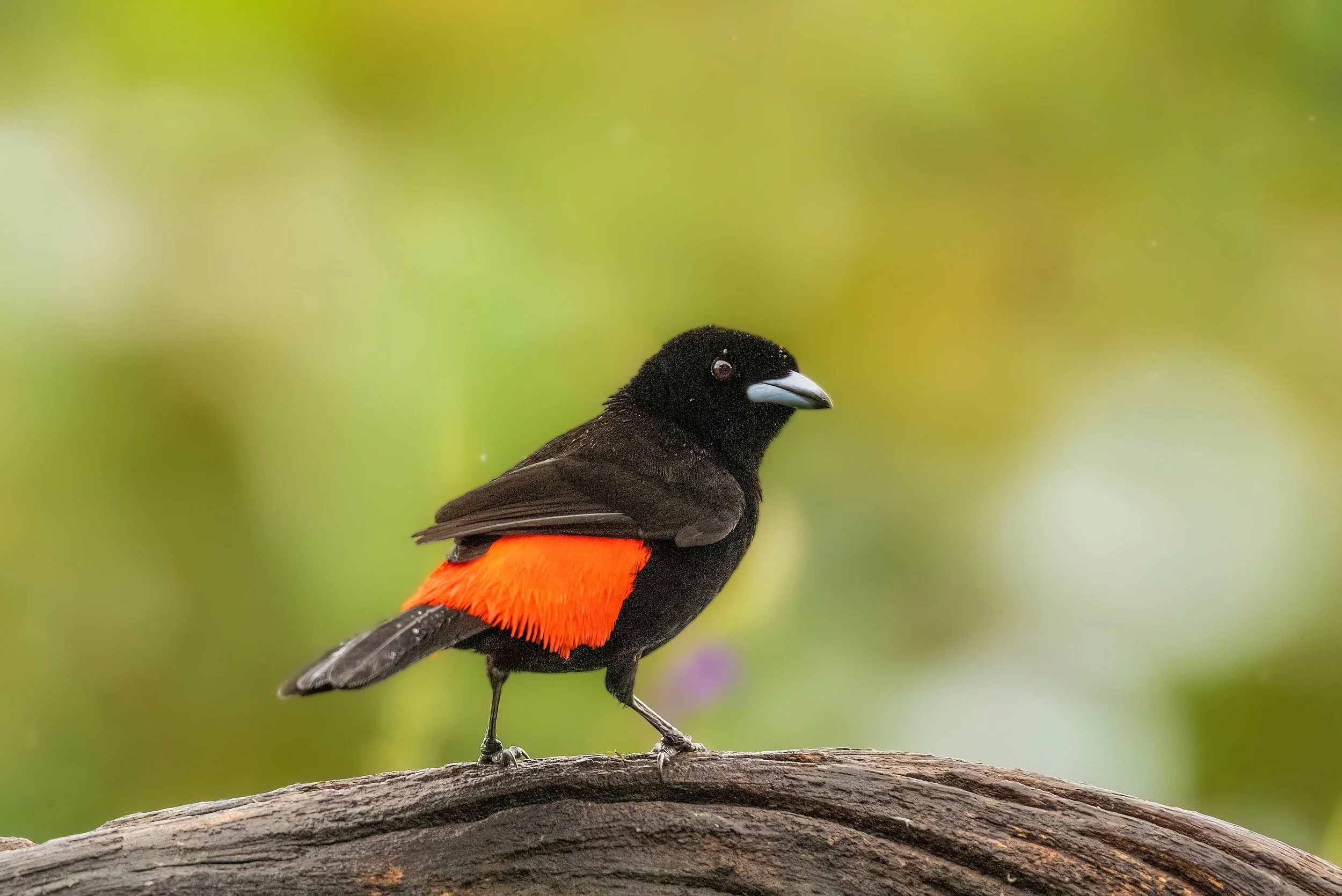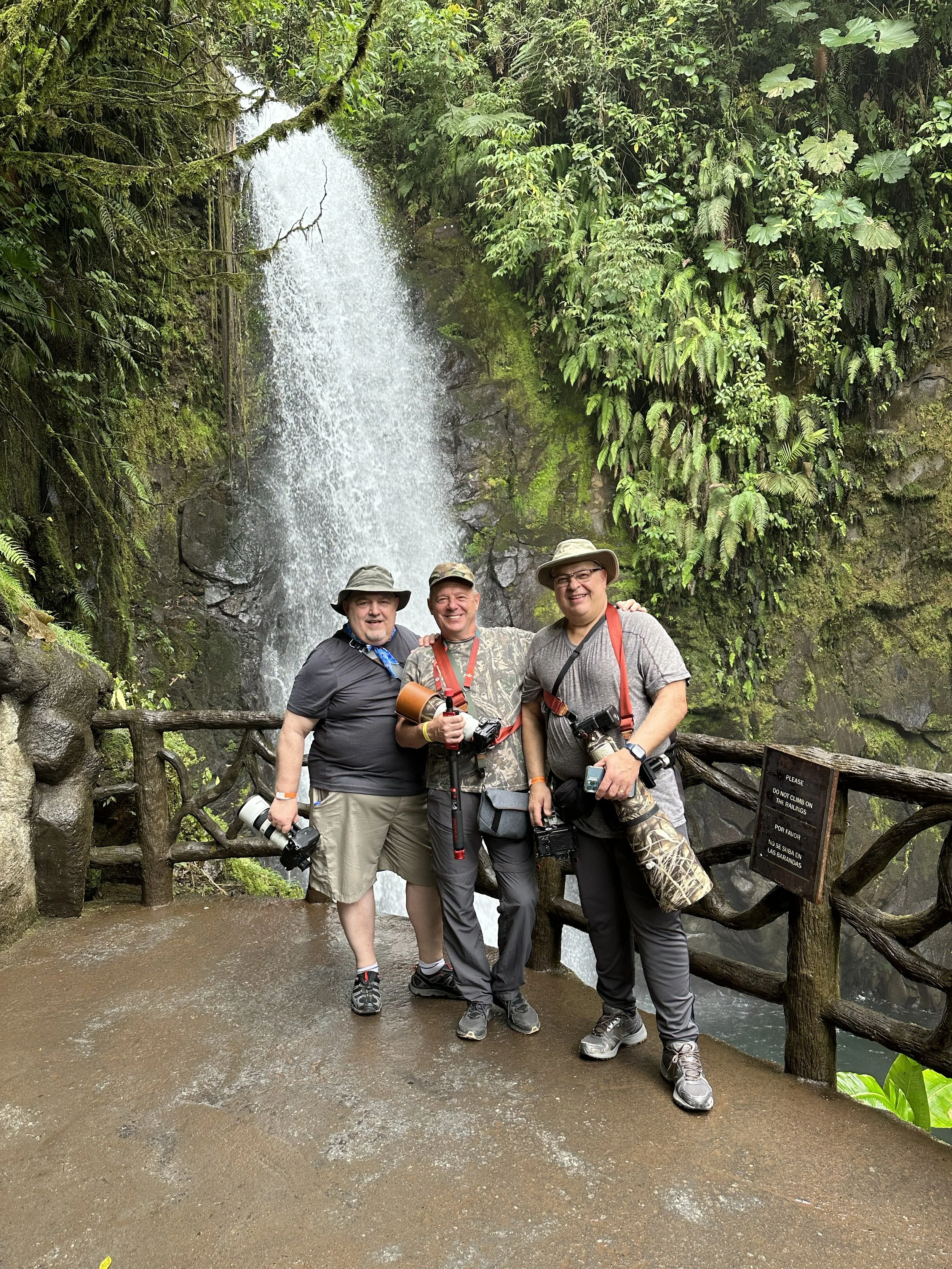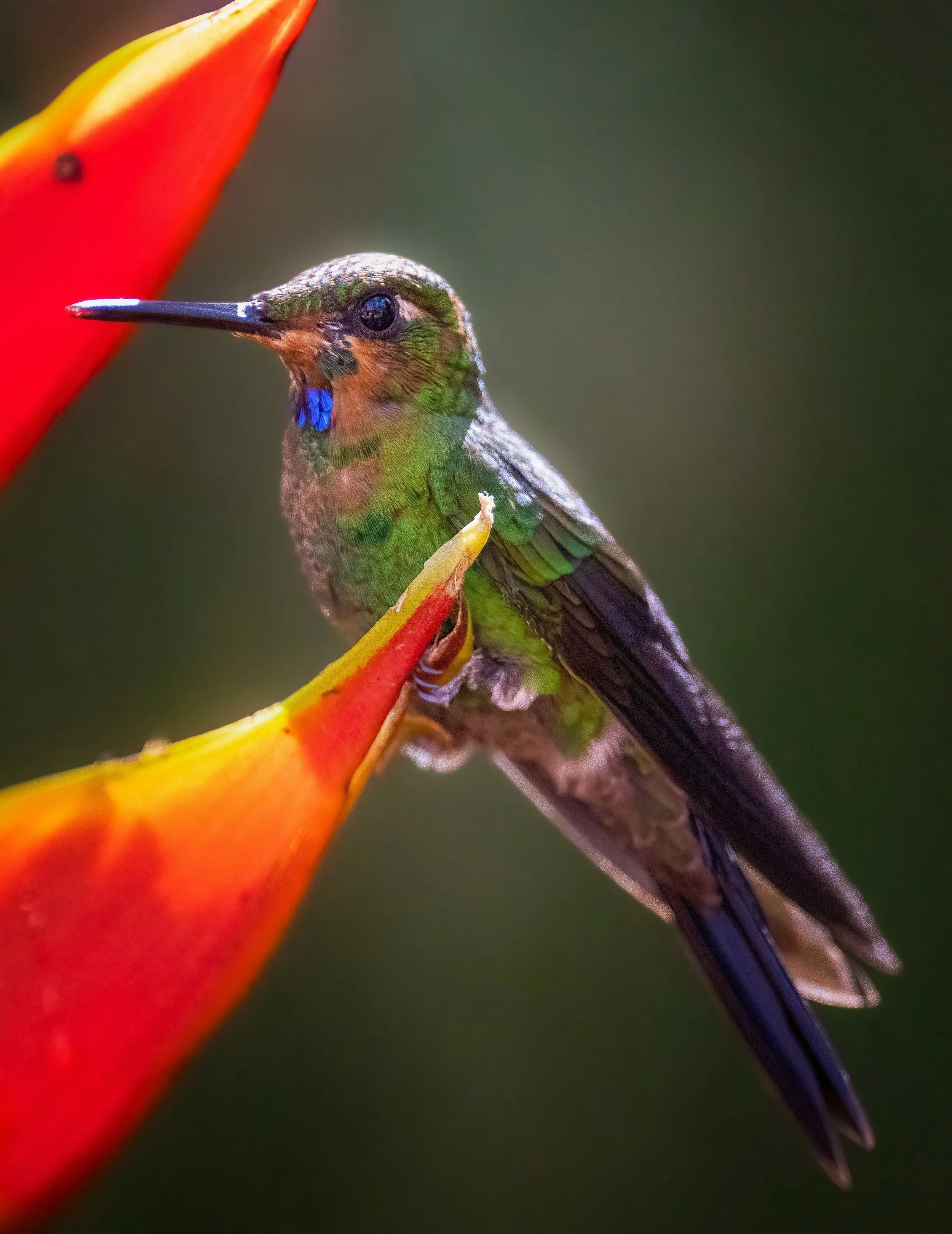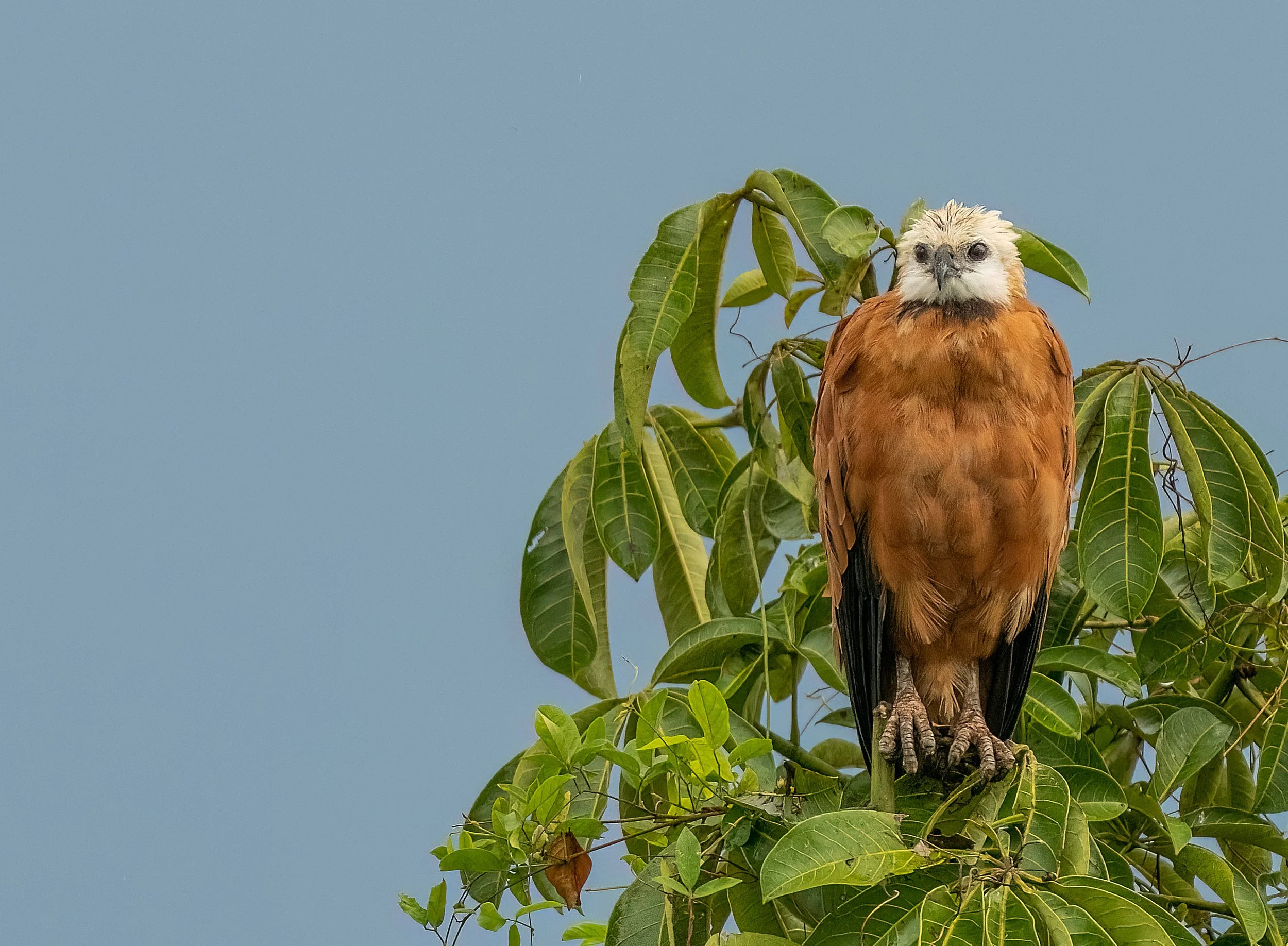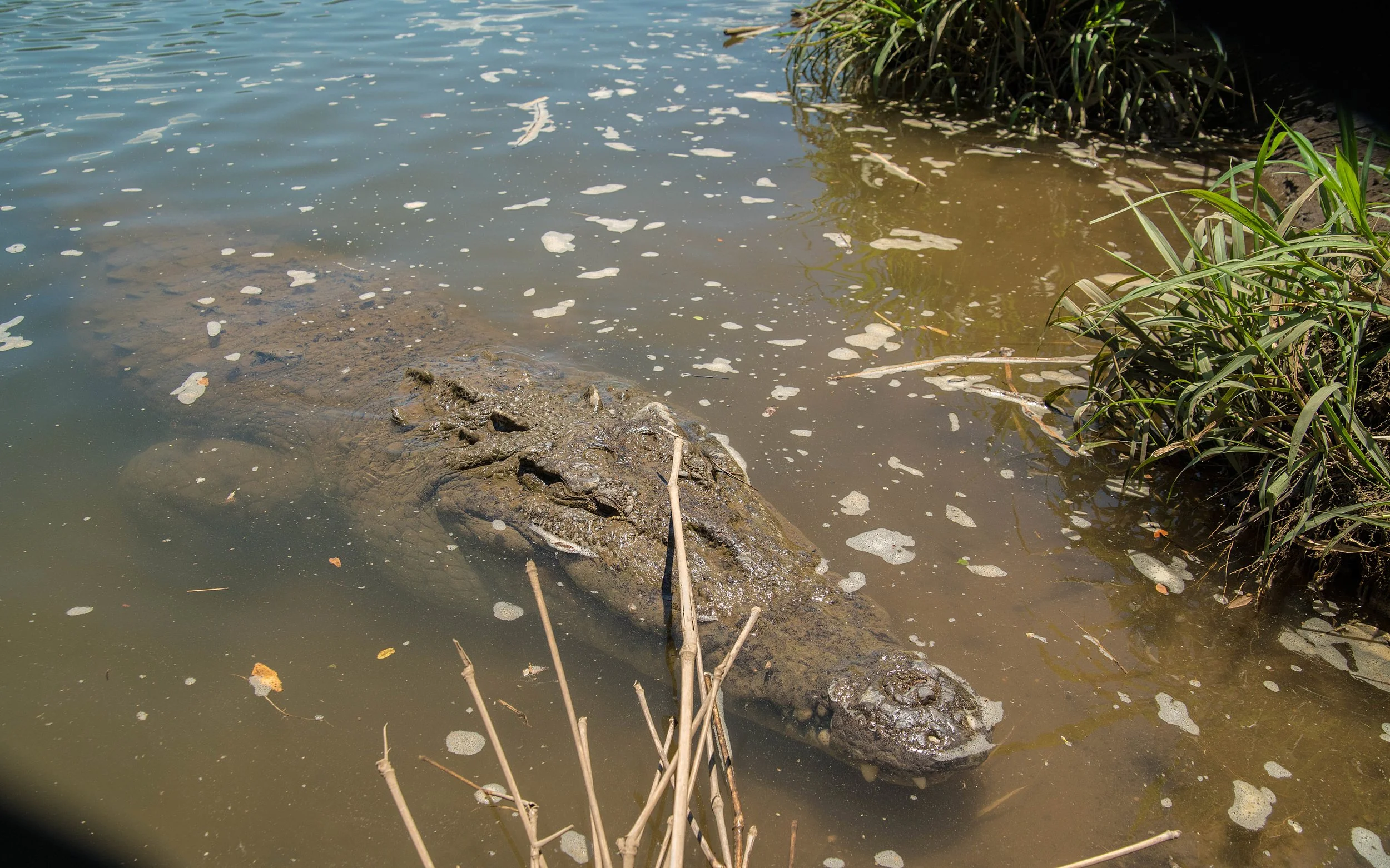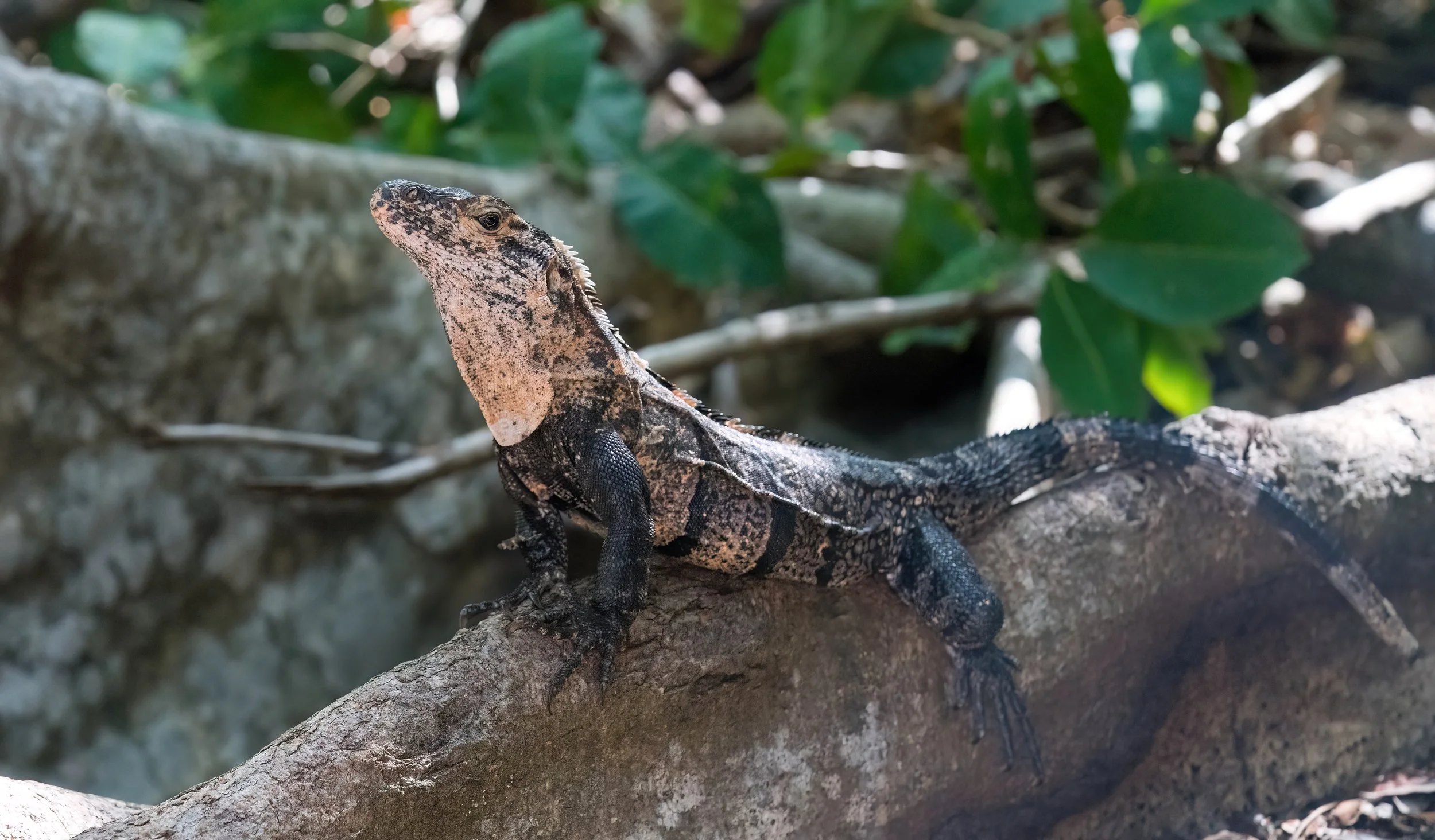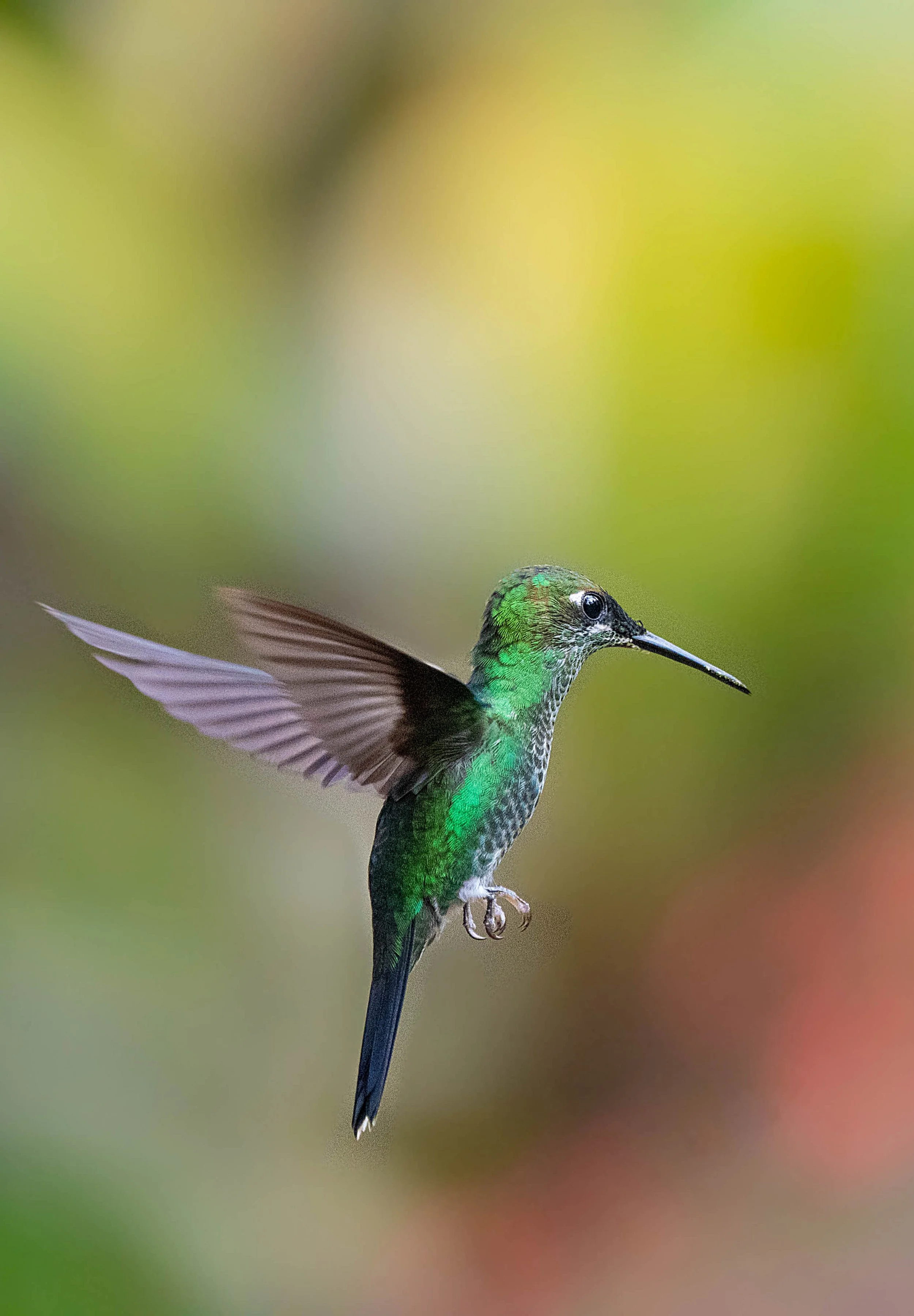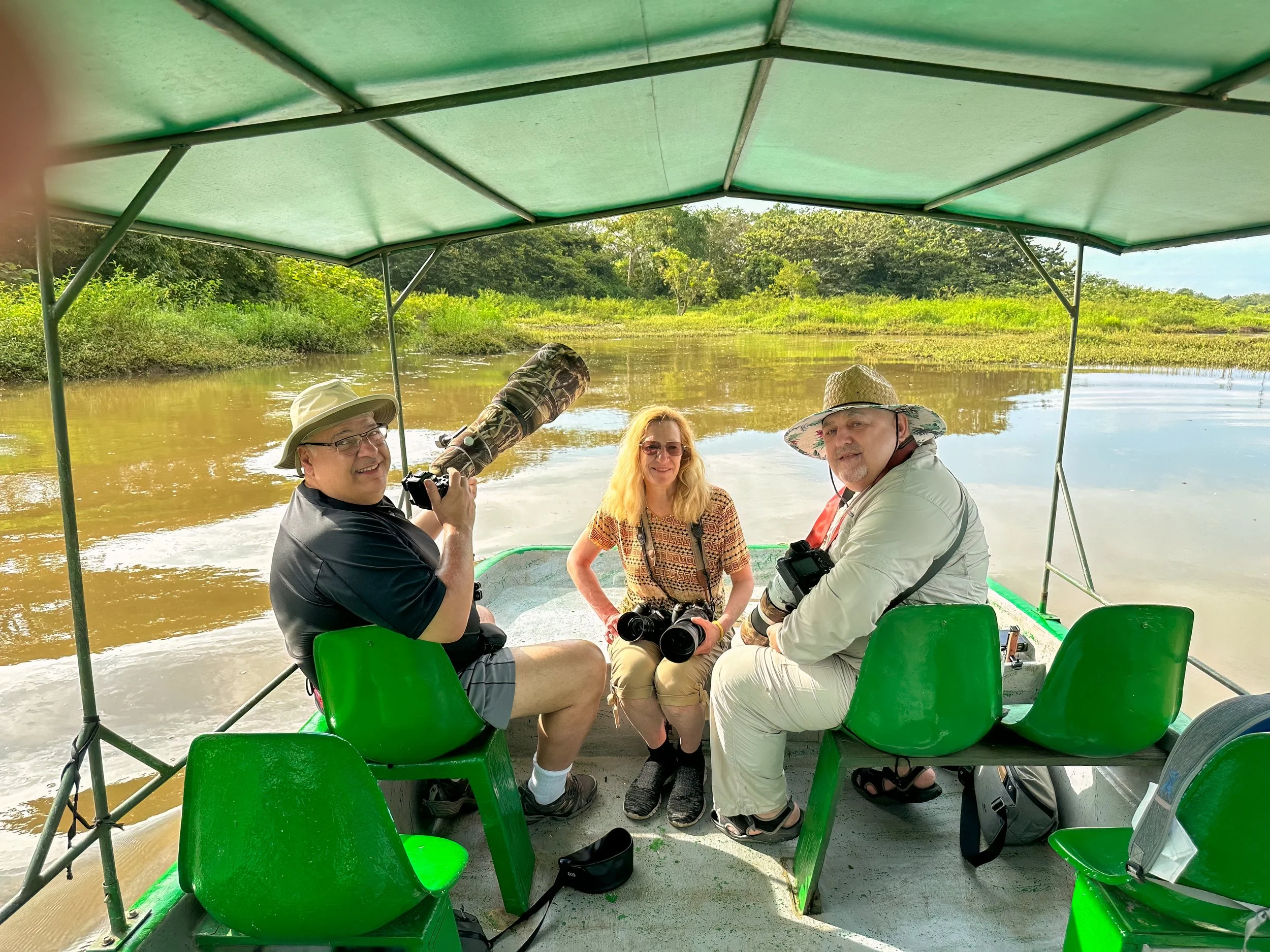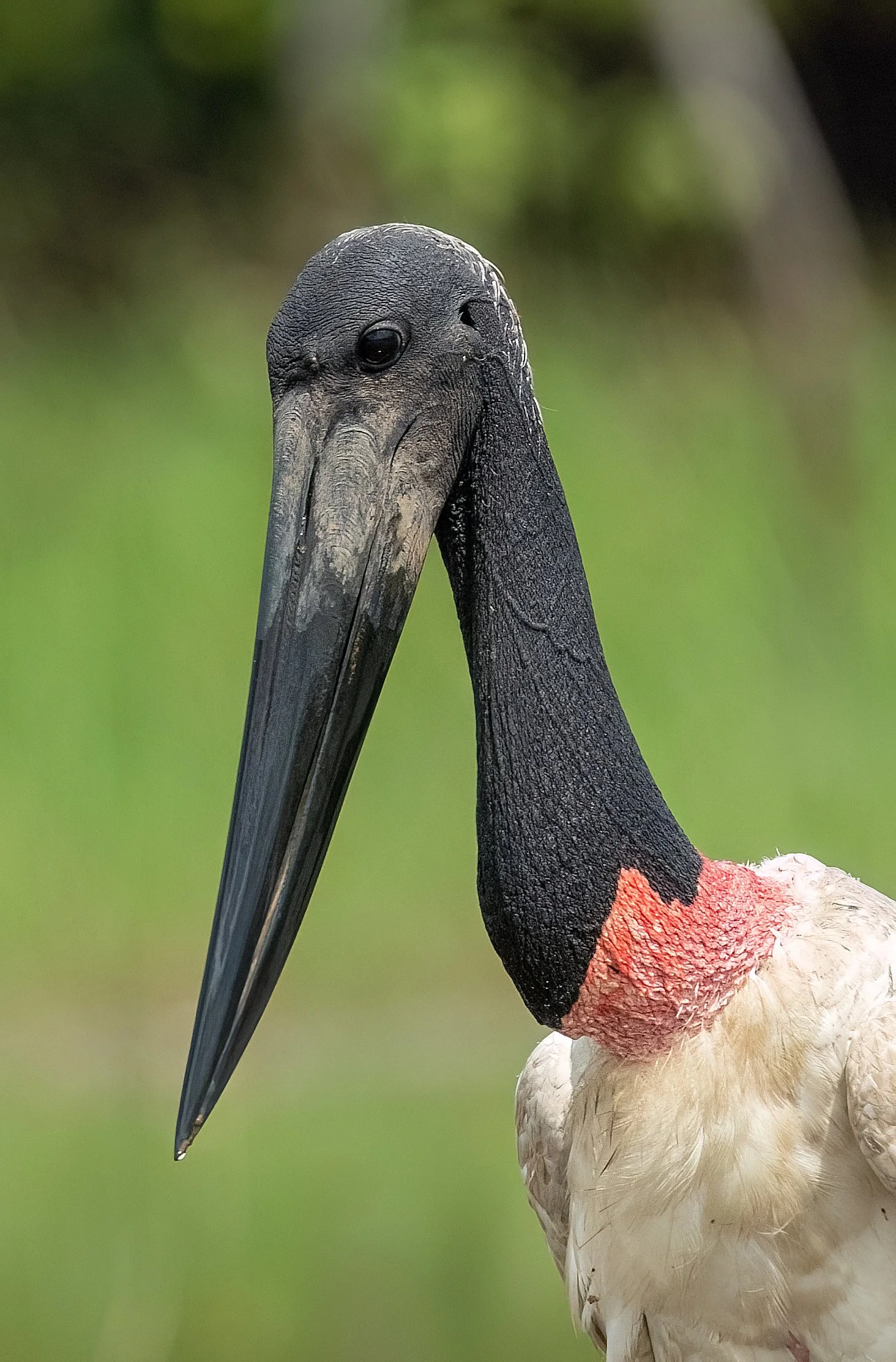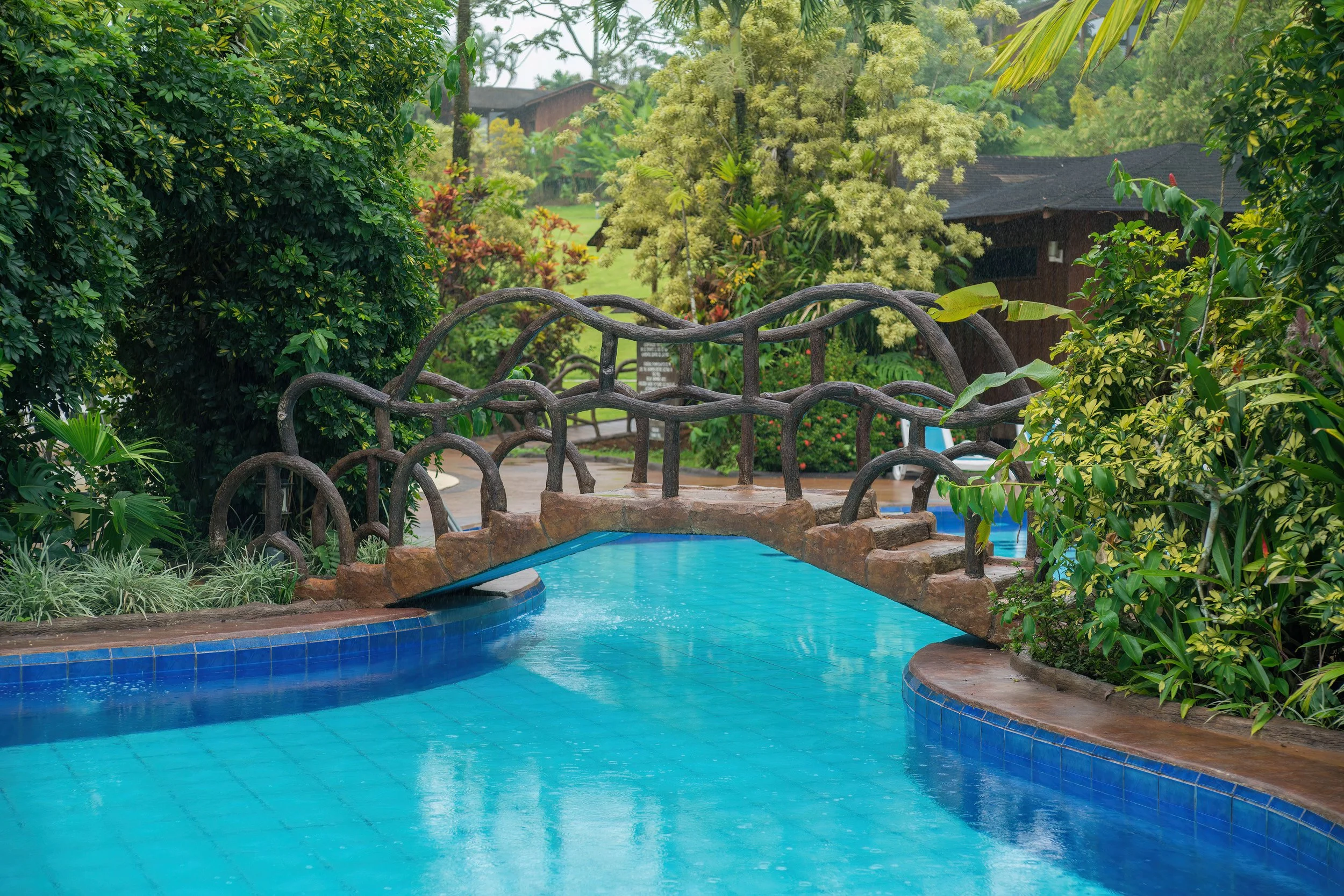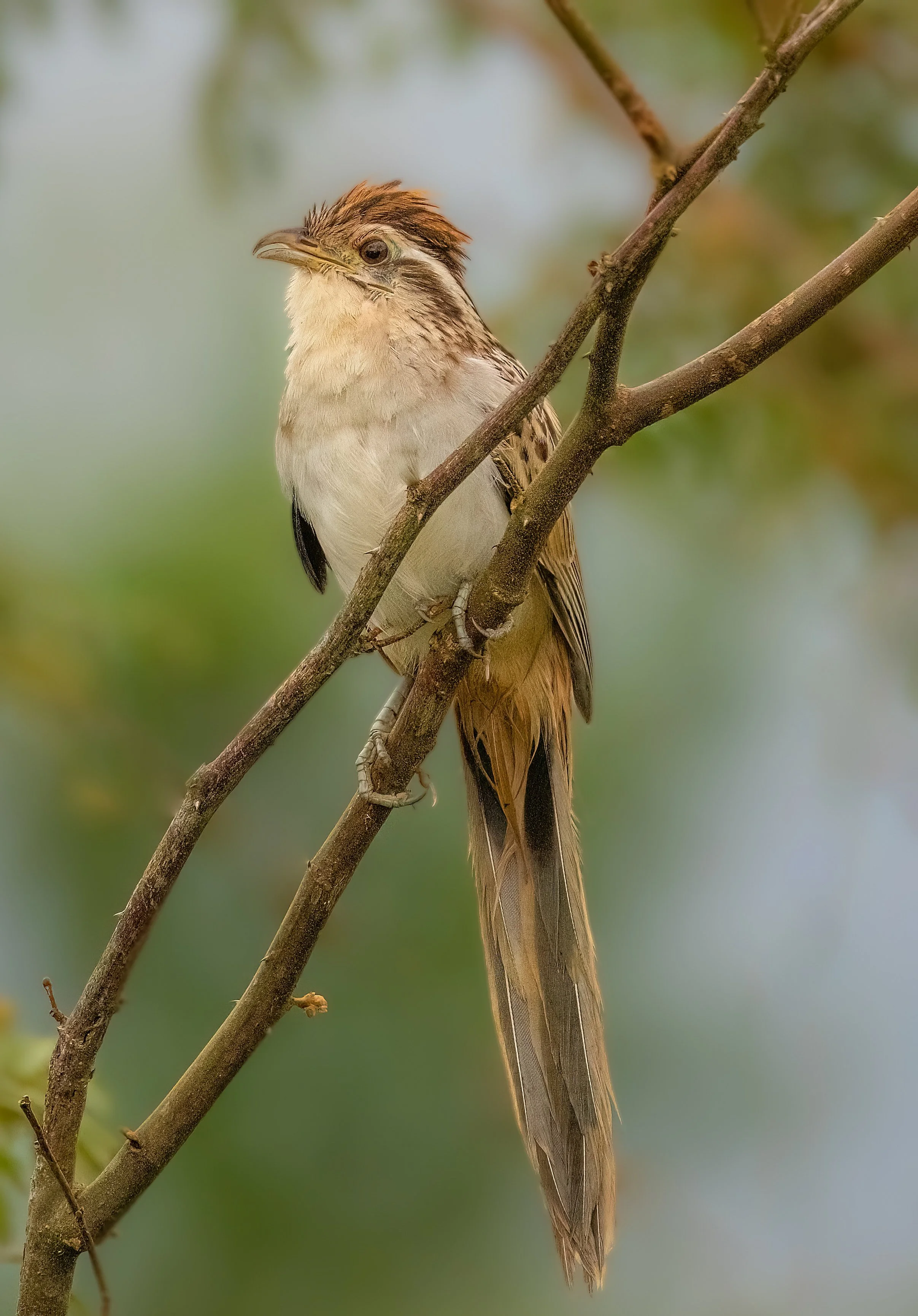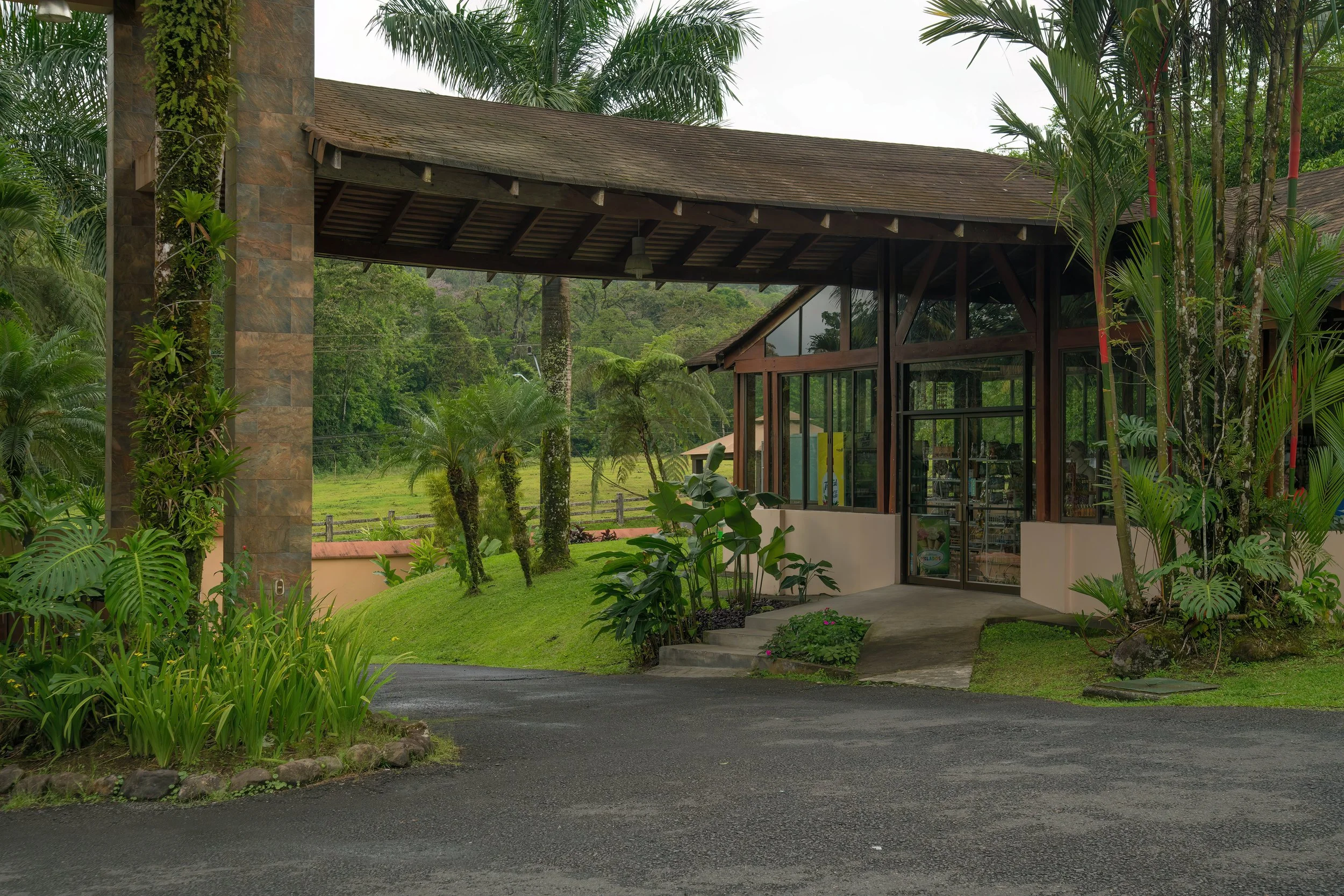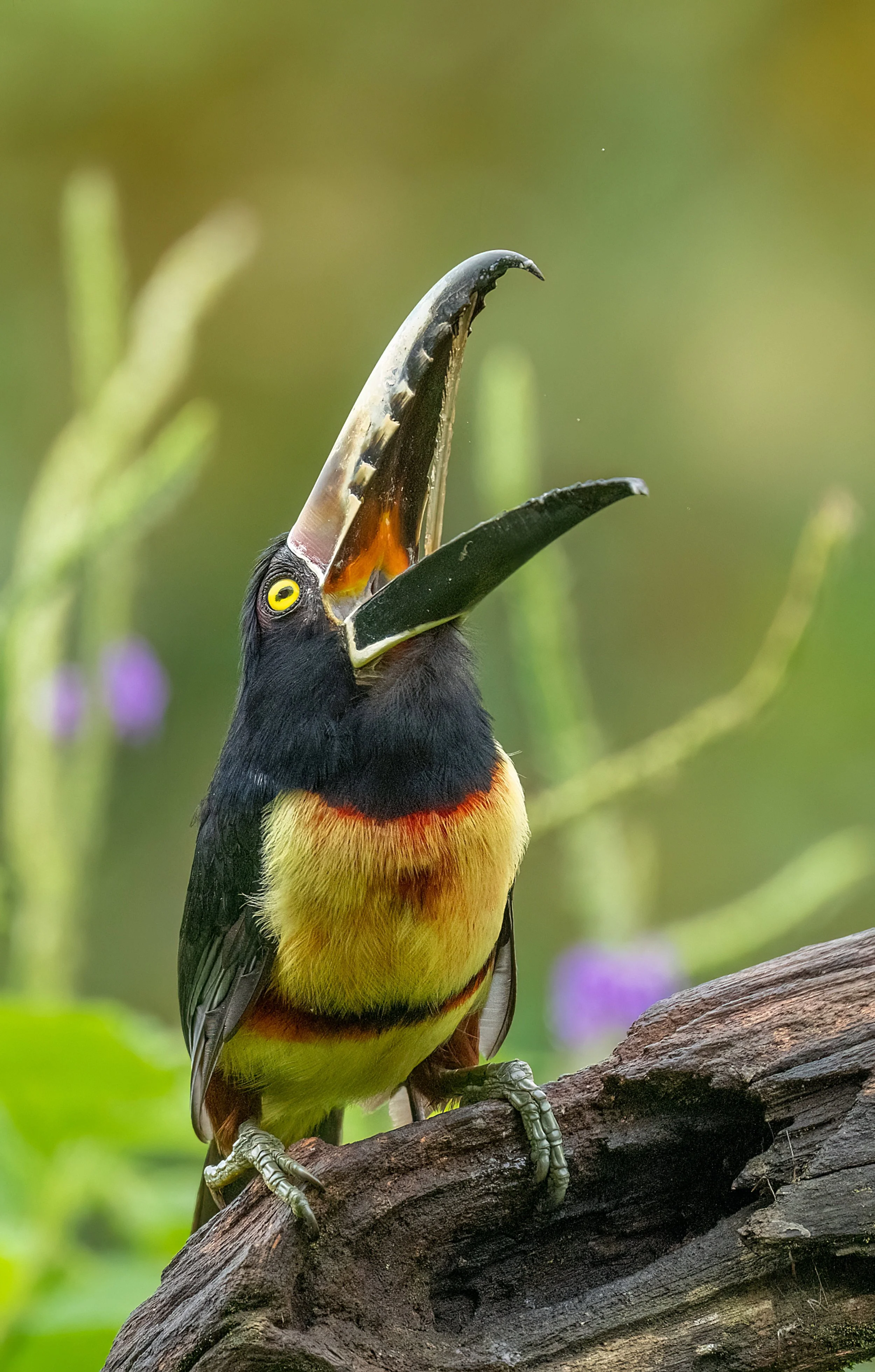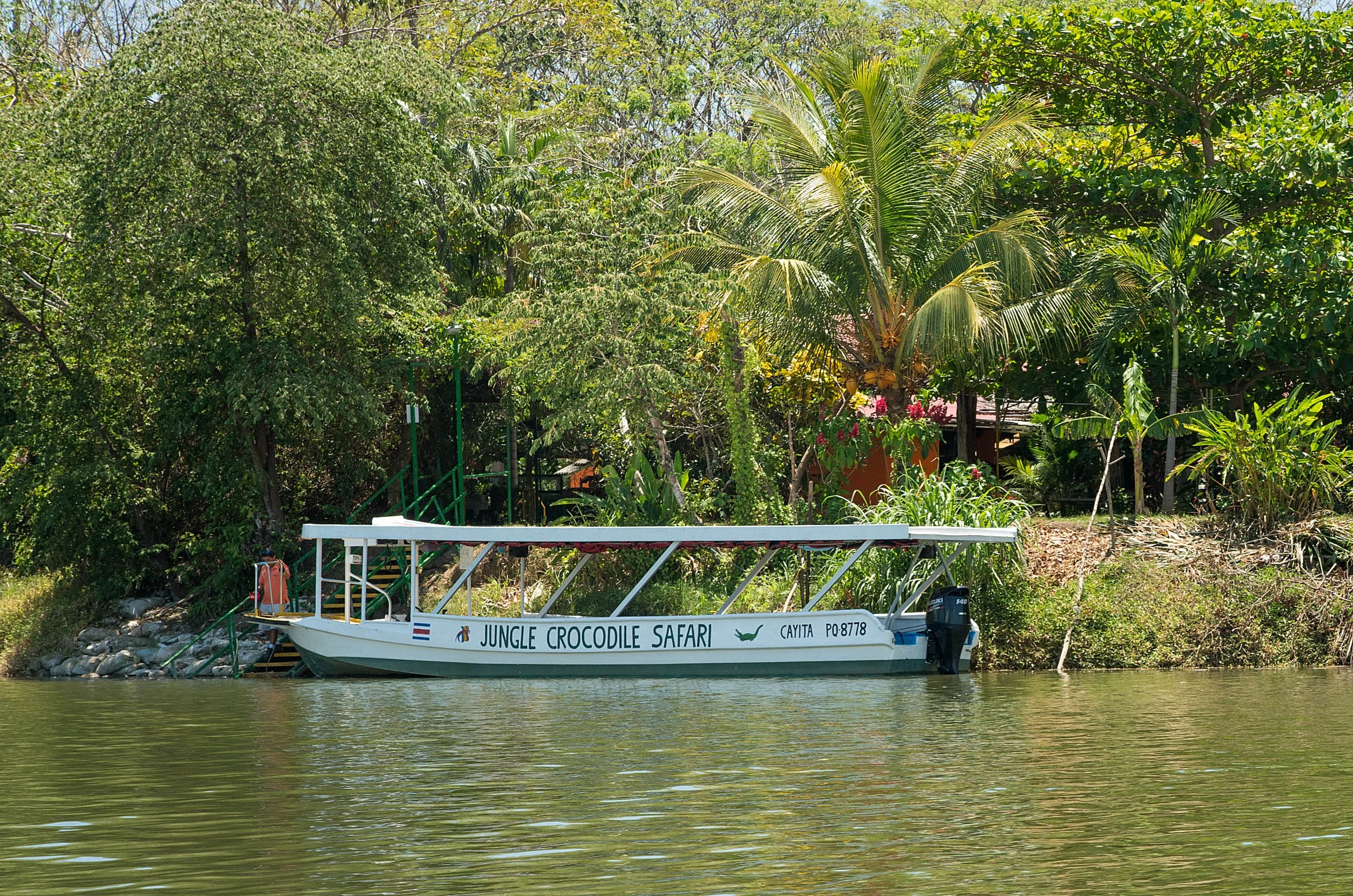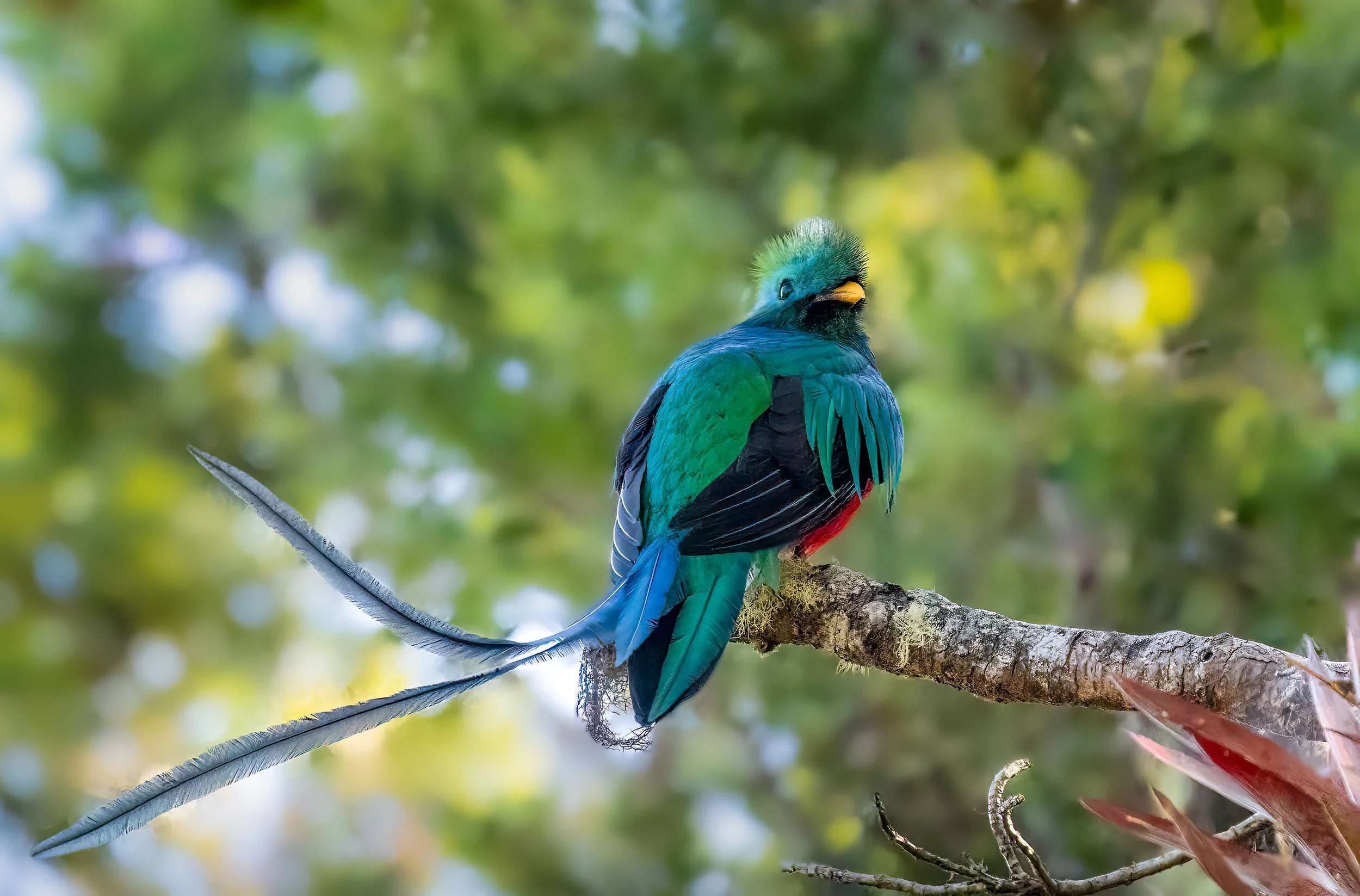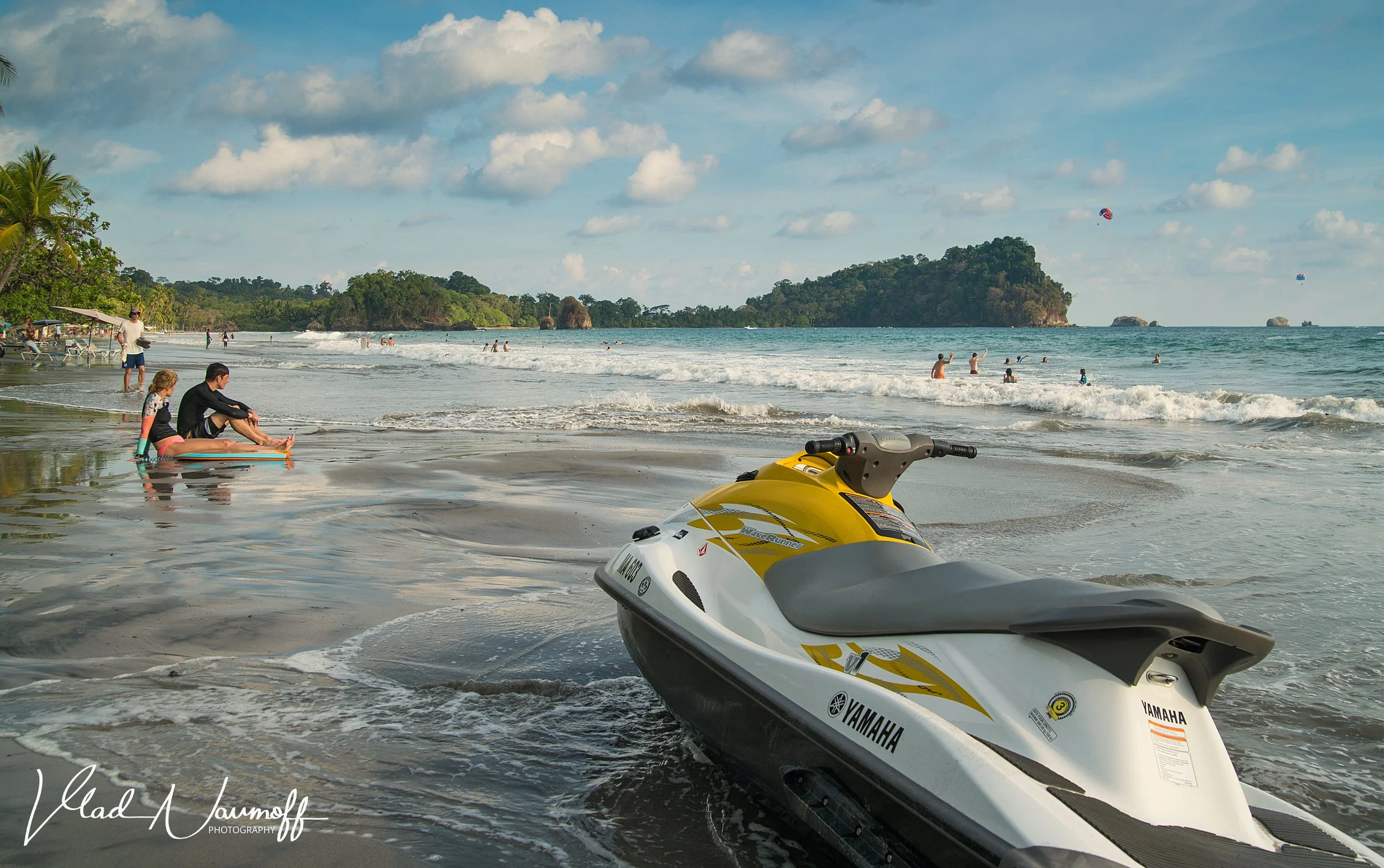
10 Days Photo Adventure
For pricing details please contact our representative. You can setup a video or audio call by contacting us here
What’s Included
A 10-day program for birders.
Day 1 and Day 10 (departure day). On the last day, users will take a shuttle bus to the Airport, which leaves every hour from the hotel. It will take our guests about 30 minutes to get to the airport.
Up on Arrival to San Jose, Costa Rica. Our representative will meet you at the airport and transport you to your hotel. Individual transfer to Hotel Barcelo San Jose.
Day 8 and 9
Individual transfer to Hotel Mirador de Quetzales. Quetzales Viewpoint, located on Cerro de la Muerte, km 70 of the South Inter-American Highway, just 6 kilometers from the entrance to San Gerardo and Los Quetzales National Park. A paradise in the heights, to enjoy the fresh air amid unique nature. The best place for sighting the magnificent Quetzal! Guided tours for Quetzals are included in the program. You will meet a local birding guide and photograph or watch Quetzales for 2 hours. A birding tour in the rainforest is also available but not included in the program. If you would like to take that tour with the local guide, the price for this guided tour is $50 per person. Hotel Mirador de Quetzales has a fantastic restaurant with tasty food and a bar.
Hotel Barcelo San Jose
Day 3
Individual Transfer to the Tapirus Lodge. Deluxe rooms.
Tapirus is an unparalleled lodge, a haven within the tropical forest of Costa Rica.
Tapirus is a return to nature, a communion with the vibrant life surrounding us and restoring us to that peaceful state where everything flows. Tapirus is our desire to give back to our body and mind what they long for in the form of relaxation, energy recharging, and peace.
The abundance surrounding Tapirus Lodge is amazing: over 6,000 species of plants, 142 mammals, and a family of tapirs are just the tip of the beauty you can find in the private reserve surroundings. This location does not include birding tours, but private tours are available. Some unique hummingbirds are populating this region with which our guides are familiar. One of the main attractions of this place is the Bare-necked Umbrellabird. See picture below.
Tapirus Lodge
Bare-necked Umbrellabird
Day 5
Tour in Cano Negro will continue on day 5. For some birding guides services, boat rental for Cano Negro Adventure is not included and will be billed at the time of the trip at $90.00 USD per person, covering 4 hours of photography in the boat. There are morning and afternoon trips available. For 8 hours boat tour (morning and afternoon) $1350.00 USD per person. The price includes boat, captain and guide services who will help to spot and identify birds. The price is based on a minimum of 5 passengers. For different amounts of passengers, the price will vary -$20.00/+$20.00 USD. Because we need to order these tours in advance we cannot estimate the number of guests we will have by the time we get to Cano Negro.
Day 2
Individual transfer to National Park Volcano Poas. We will explore one of the largest craters in the world. At the elevation of 2500 m and diameter of 1500m.
After short walk we will enter Park La Paz, Waterfall Gardens and will spend the most of the day. Waterfalls park has a lot of birds, butterfly garden, a lot of flowers and unique to Costa Rica trees, hummingbirds, some wild cats (Captive) terrarium, stunning waterfalls and much more. Lunch at the buffet is included in the price of the entry pass which is also included in the total price of the tour.
La Paz Waterfall Gardens.
La Paz Waterfall Gardens Nature Park is the Most Popular Nature Tour in the San Jose Area featuring Five Famous Waterfalls and The Largest Animal Sanctuary in Costa Rica. It is by far the best place to see wildlife in Costa Rica. The Peace Lodge has been voted The Top Hotel in its region by TripAdvisor repeatedly over the years and is the perfect destination to stay for your first or last night in the country given its close proximity to San Jose Airport and, at the same time, its unique mountain rainforest environment. The property is nestled between Poas Volcano National Park and Braulio Carrillo National Park on the eco-route between San Jose and Arenal.
Black-collared hawk.
Photos of the National Park Manuel Antonio.
Day 4
Breakfast in the morning at Tapirus Lodge and then transfer to Caño Negro Wildlife Refuge. This is region located on the border with Nicaragua, this extremely humid park contains the wintering grounds of thousands of migrant birds.
Cano Negro Wildlife Refuge is composed of 25,100 acres (102 km2) of wetlands. It’s roughly a two-hour drive from La Fortuna and the Arenal Volcano area. It is governed by the National System of Conservation Areas (SINAC), and situated in the Northern Zone of Costa Rica close to the border with Nicaragua. Over 307 bird species found on the reserve. During the dry season, the wetlands turn into small lagoons, but the wildlife remains diverse. It is impossible to visit Caño Negro Wildlife Refuge without being in awe of Costa Rica’s untouched beauty!
Our guests at Cano Negro birding.
Jibiru.
Striped cuckoo
Day 7
Individual transfer to Birds and Breakfast Lodge. Birds & Breakfast is the result of the project owners' vision to protect and love nature. We are much more than a simple accommodation, we are a place of nature conservation, where we teach our guests to understand the importance of protecting the environment.
Try-Coloured Heron
Day 6
Individual transfer to volcano Arenal region. National Park Volcano Tenorio, Rio Celeste. Relaxation day after intensive shooting. Our guests will enjoy the Thermal Springs of Volcano Arenal. Great Superior Hotel Arenal Paraiso.
Thermal Springs. Hot water provided by Volcano Arenal. Enjoy staying in the hotel.
Rio Tarcoles monsters. Crocodile boat tours are also available but not included. If you wish to add this nature tour to your list please advise us in advance we will make an arrangements for you.
The resplendent quetzal (Pharomachrus mocinno) is a small bird in southern Mexico and Central America that lives in tropical forests, particularly montane cloud forests. They are part of the family Trogonidae and have two recognized subspecies, P. m. mocinno and P. m. costaricensis. Like other quetzals, the resplendent is omnivorous; its diet mainly consists of fruits of plants in the laurel family, Lauraceae, but it occasionally also preys on insects, lizards, frogs and snails.
The species is well known for its colourful and complex plumage that differs substantially between sexes. Males have iridescent green plumes, a red lower breast and belly, black inner wings and a white under-tail, while females are duller and have a shorter tail. Grey lower breasts, bellies, and bills, along with bronze-green heads, are characteristic of females. These birds hollow holes in decaying trees or use ones already made by woodpeckers as a nest site. They are known to take turns while incubating, males throughout the day and females at night. The female usually lays one to three eggs, which hatch in 17 to 19 days. The quetzal is an altitudinal migrant migrating from the slopes to the forest canopy. This occurs during the breeding season, which varies depending on the location, but usually commences in March and extends as far as August.
